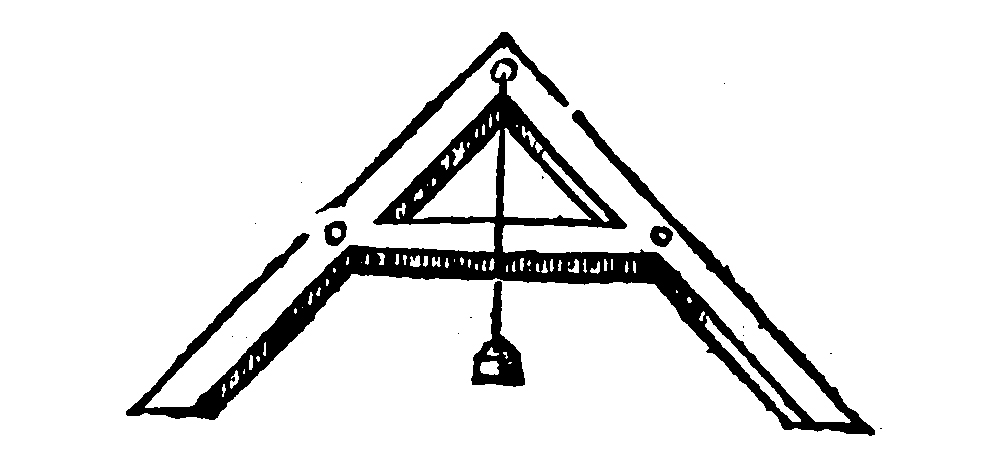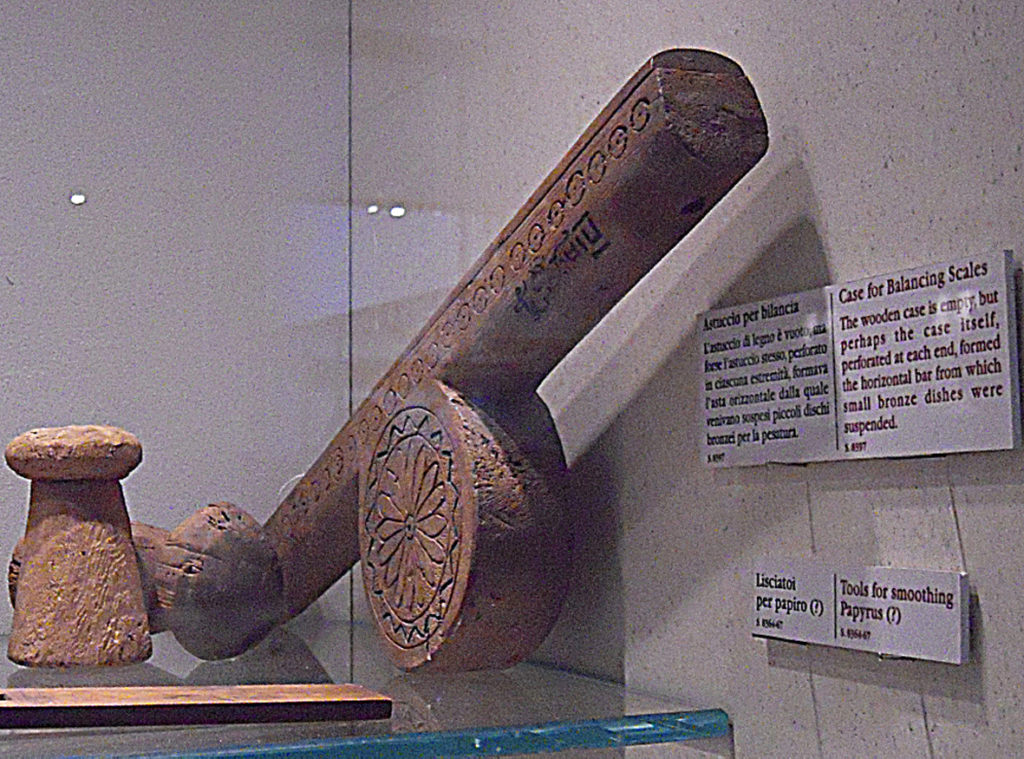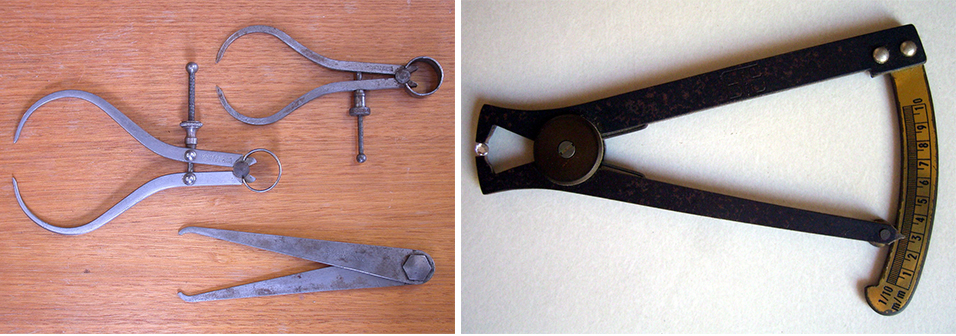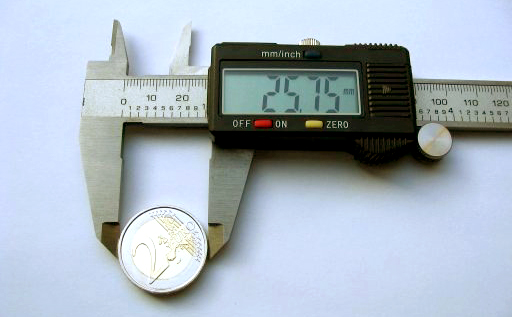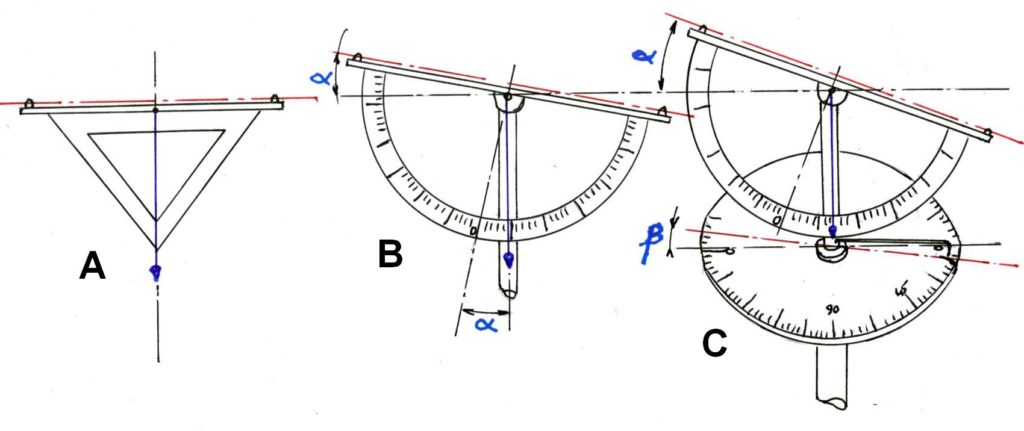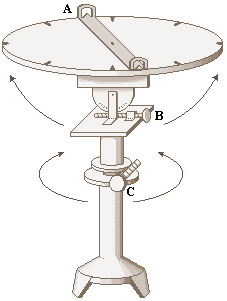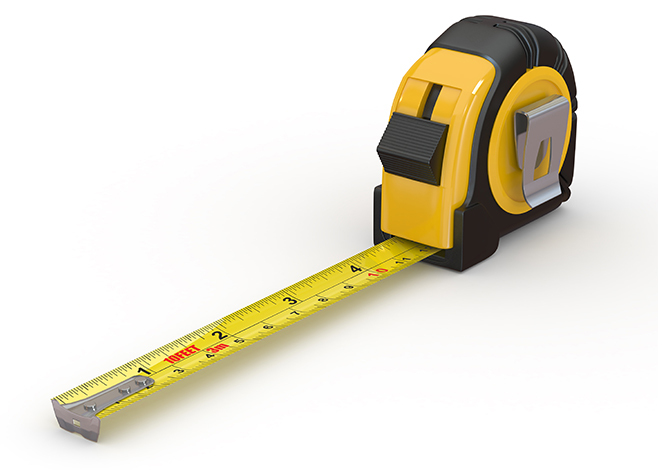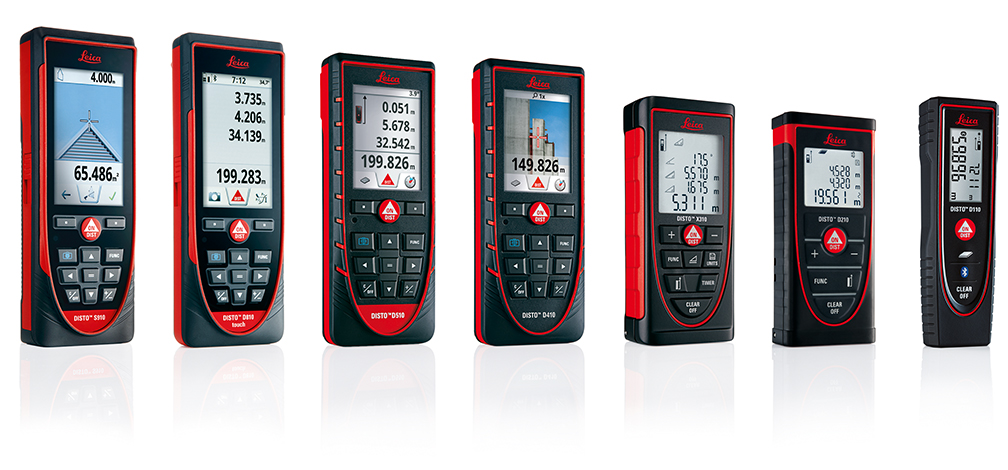The creation and practice of measuring instruments is arguably one of the best indicators of technological progress we can identify in early civilization. When civilization was in its infancy, people needed a way to understand and calculate a variety of tasks, including bartering food and raw materials, making clothing, and constructing buildings that would collectively form cities, communities, places of worship, and more. This is where the importance of measurement systems becomes glaringly obvious.
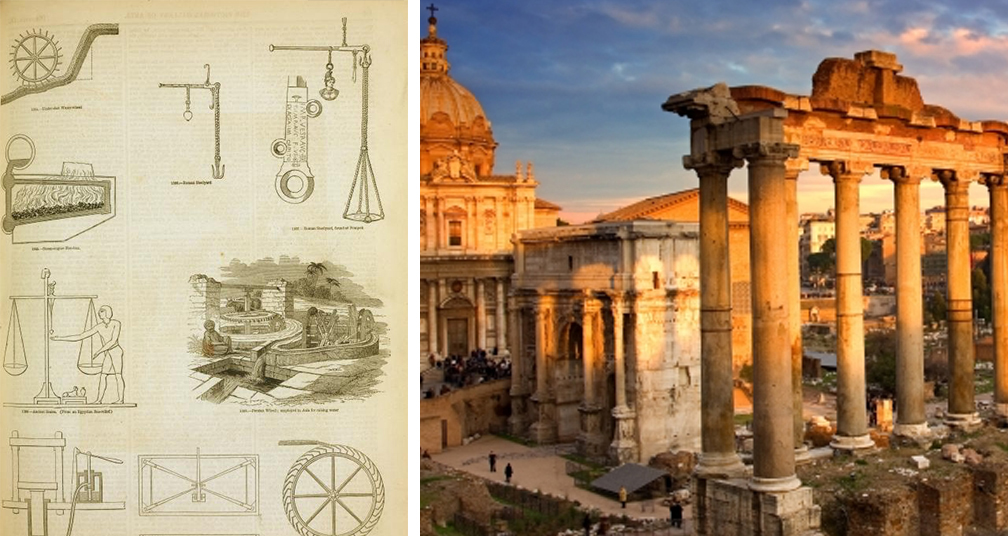
PHOTO SOURCE: Left: Science, Industry and Business Library: General Collection , The New York Public Library. “Equipment and machinery: water wheels; ancient Roman steelyards; steam engine fire box; ancient scales; hydraulic press; weighing machine.” The New York Public Library Digital Collections. 1858. http://digitalcollections.nypl.org/items/510d47d9-c742-a3d9-e040-e00a18064a99 Right: Grand Tour Collection/Corbis
There are entire books worth of information about the history and impact of ancient measurement systems. We owe a lot to the Ancient Greeks when it comes to the design of our modern day measuring devices—the Greeks invented many of the tools that we use every day. Egyptian, Babylonian, and Roman culture also had their fair share of contribution to the development of mathematics and surveying, but let’s focus on a small piece of the puzzle: the measuring tools used throughout history. Today, we have highly evolved technology that makes getting accurate data much easier than before, including Leica’s laser distance meters and line leveling systems. But how did we get by before we had this technology available, and what are some tools that we still use to this day?
The Level
You can’t have a set of tools without a level. One of the most important aspects of building design and maintaining strength in structures is keeping a level construction. One of the earliest designs of the level was used by the Romans and had a letter A-shaped frame with an additional horizontal bar on top. Known as a libella, this tool had a plumbline suspended from its apex that coincided with a mark on the crossbar at the center of the tool’s frame. This tool was critical in building entire civilizations, and beyond determining plumb and level, the libella also acted as a square and even a ruler if needed. The Egyptians built the pyramids and the Greeks built ancient temples—all with the help of the level.
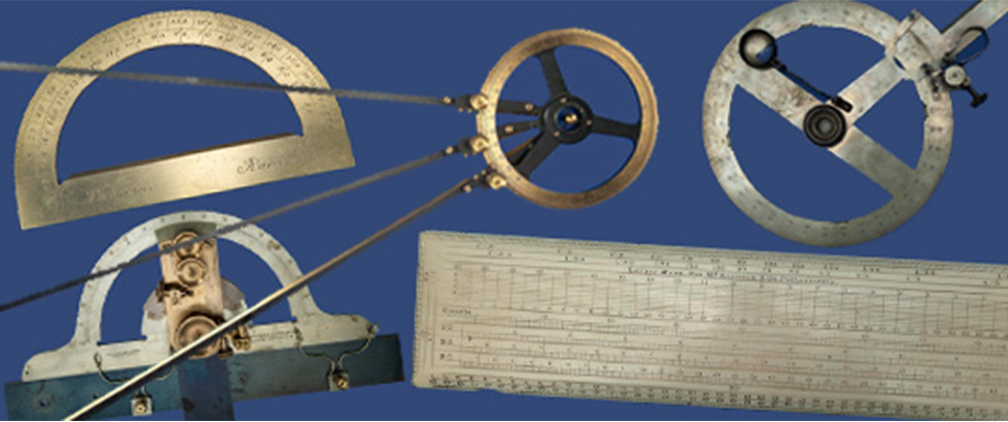
PHOTO SOURCE: The National Museum of American History http://americanhistory.si.edu/collections/object-groups/protractors
The Protractor
We all know that construction is more than just 90° angles. The protractor, used for measuring angles, has a possible history that dates back to around 1400 BCE. In the tomb of an ancient Egyptian architect, Kha, researchers discovered a unique shaped object that has been debated over for many years. It’s been recently suggested that this object is in fact the world’s first known protractor. By observing numbers that are encoded into the tool’s exterior, it can be argued that these numbers represent a compass rose with 16 evenly spaced petals surrounded by 36 corners. (Read more about Kha’s protractor here)
Protractors have been used for thousands of years for measuring and drawing angles along and also served a very important role in map preparations and navigational charts. By the 17th century, sailors used protractors all of the time for navigation and calculating ship position. Now there are several variations of protractors that take different shapes (semi-circle, full circle, square, rectangle, sixth circles, quarter circles), have multiple arms, and are double-sided. It’s no surprise that this tool has played a versatile and important role in mathematics and measurements for a wide range of professions throughout history.
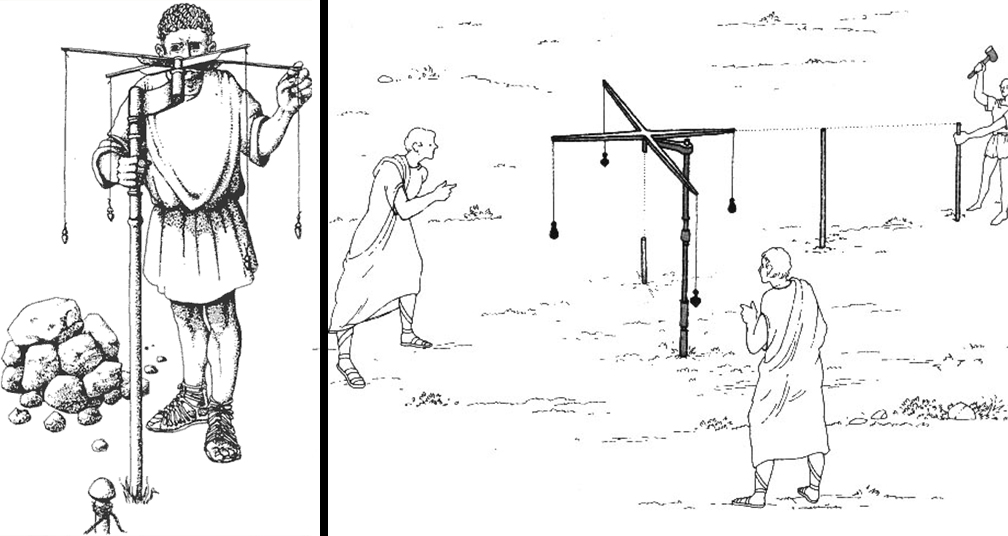
PHOTO SOURCE: Routledge Textbooks http://www.routledgetextbooks.com/textbooks/9781138776685/chapter9.php
The Groma
Here’s a surveying tool that might not be widely recognized today. The groma was an important tool used by Roman surveyors to trace simple and orthogonal alignments on the ground, thus laying down markings for the construction of roads, cities, temples, and plots of land. This device is comprised of a vertical pole with horizontal cross-pieces mounted at right angles on top. Each of these arms then had plumb lines that dropped down. (Head here to learn more about the groma and how to use one)
The groma was an ancient tool that was also adopted by the Mesopotamians, Greeks, and Etruscans beyond being used by Roman culture. This interesting instrument paved the way for the construction of cities and towns in the early days of civilization.
The Caliper
This device is an essential in engineering, metalworking, forestry, science, and medical fields. Calipers are tools used to measure the distance between two opposite sides of an object. The earliest form of this tool was found around 6th century BCE on a ship wrecked near the Italian coast and was constructed of wood. Bronze calipers would be used years later by the Chinese Xin dynasty for calculating minute measurements. Over time, the caliper continued to hone in on its own accuracy and potential, and in 1851, Joseph R. Brown invented the modern Vernier caliper that is capable of taking measurements to thousandths of an inch.
Many professionals these days turn to digital calipers that replace the analog reading with an electronic digital display. If you head into the engineering department and fabrication shops at Mountain Productions, you’ll find a digital caliper at every desk and work bench. This device remains an essential tool in modern day and boasts a long evolution dating back to ancient Greeks and Romans.
The Dioptra
This classic astronomical and surveying instrument has roots way back in 3rd century BCE. The dioptra was an effective surveying tool that was a critical device in the construction of ancient aqueducts. Some historians believe the dioptra played a role in the assembly of the Eupalinian aqueduct, known as one of the greatest engineering achievements of ancient times (4,000 ft long tunnel excavated through Mount Kastro in 6th century BCE).
The dioptra is similar to the groma, but more accurate. In time, this tool was replaced by the theodolite which utilizes movable telescopes for calculating angles. The dioptra paved the way for more advanced forms of measurements that would be invented further down history’s long journey to present day.
The Tape Measure
We would probably accuse you of lying if you said you’ve never used a tape measure before. Today, tape measures are possibly the most common measurement tool found in every toolbox and come in a variety of designs. A great benefit of this tool is that, despite being able to measure impressive lengths, the tape measure is easily carried in a pocket due to its compact size, but how did we get to the modern-day tape that we all know and use today?
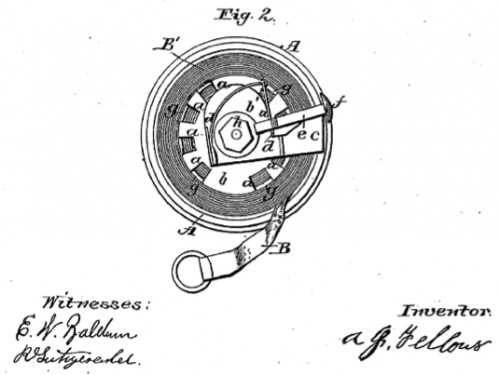
PHOTO SOURCE: Tape Measure patent, Alvin J. Fellows, New Haven https://docs.google.com/viewer?url=patentimages.storage.googleapis.com/pdfs/US79965.pdf
Although historians have found marked leather strips that resemble primitive tape measures, it is believed that these instruments were used more like a regular ruler by ancient Romans. It’s recognized that thousands of years later, Alvin J. Fellows filed a patent for the first spring tape measure in 1868. This design shows a circular casing with a coiled tape and a spring clip that allowed the tape to be locked into any position until released. (Check out the original patent here) Eventually, the tape measure would modify its casing shape and tape markings, resulting in a few varieties of the tool. Like most other devices today, the tape measure has entered into the digital age and can now be found with digital screens showing measurement readouts.
The Laser Distance Meter
In the more recent past (1993), a new way to capture insanely accurate measurements, using laser technology, was ushered into development by Leica Geosystems. Originally showcased at the Batimat show in Paris, the first Leica DISTO design was quite big (roughly the size and weight of a brick), but could measure 100’ and was accurate to 1/8”. Combine this accuracy with easy user operation (turn on, point dot at target, press button) and it’s easy to see why the DISTO has become a time-saving and preferred tool for professionals today. (Learn more about the history of Leica’s first DISTO here)
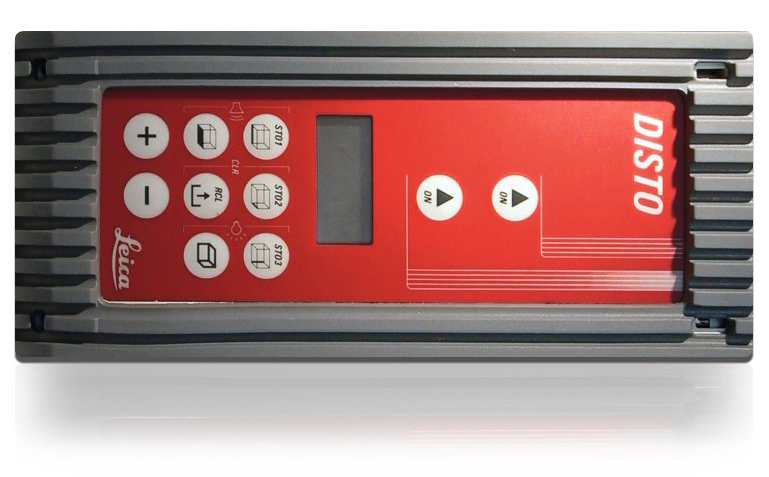
PHOTO SOURCE: Leica Geosystems https://lasers.leica-geosystems.com/blog/brief-history-laser-distance-meter-ldm
Leica was the pioneer of the laser distance meter, and have since developed and evolved this technology into a diverse range of DISTO products, including Bluetooth technology, touchscreens, IP ratings, and more. (Check out Leica’s line of DISTO laser distance meters here)
This is only a scratch on the surface of historical measurement tool and device history. It’s easy to see how some of these inventions, although not used today, have impacted the development of our commonly used tools in the 21st century. Looking back at the primitive beginnings of measuring technology gives you a great appreciation of the skill and knowledge required to construct buildings and monuments in ancient times.
Do you know of an ancient measuring device not mentioned on this list? Let us know and leave us a comment or join the conversation on our social media platforms!
References:

